Given the popularity of new streaming offerings and the renaissance of vinyl, it can be hard to see how CDs and CD players still fit into the average person’s music listening repertoire. Yet it would be wrong to write off the little silver discs too quickly. When they were first introduced, CDs represented a revolution in sound quality and convenience. Even if they have stiff competition today, especially from hi-res audio files, CDs still occupy a place at the top when it comes to quality audio.
Digital music for the masses: The first CDs and CD players
The shiny discs introduced by Philipps and Sony in Eindhoven in 1979 were not the first of their kind. LaserDiscs, an early home video storage medium that used optical video recording technology, had been commercially available since 1978. Optical recording is a technology that uses light to read information. Although LaserDiscs offered higher picture quality than VHS tapes, they cost more to produce and didn’t offer the ability to record.
Applied to audio recordings, however, optical recording technology in the form of compact discs would experience much greater success and staying power. One major reason for this is the way people interact with audio recordings. Unlike movies that are viewed a few times, favourite albums are subjected to repeat – even incessant – playing. Direct contact with a stylus in the case of vinyl records and magnetic tape that is wound and passed through a player can cause records and cassettes to become damaged. With optical recording technologies, however, the actual audio information remains untouched and intact no matter how many times it’s access and played. This was an attractive concept. In 1985, the Dire Straights album Brothers in Arms was the first album to sell more copies in CD form than as an LP.
Unlike the fragile-seeming analog methods of records and cassette tapes, CDs also had the allure of being digital just like the desktop computers that were becoming available in the early 80s. The audio signal was not mechanically etched in a groove or represented as patterns along a magnetic tape. In both of these methods, the signal is recorded as a continuous pattern. Instead, a code of microscopic indentations and raised surfaces, known as pits and lands, on a synthetic surface store information on a CD digitally, i.e. as discreet bits of information. This marked surface is then covered by a very thin aluminium surface and protective lacquer coating. The CD player reads this information using a type of laser beam known as a semiconductor diode laser while a motor causes the CD to spin. By 1982, enough producers of electronic devices and audio recorders had begun to produce this new technology that worldwide sales could commence.
Soundbars from Teufel
Audio CDs: Important facts at a glance
The standard values regarding a CD’s sampling rate, bit depth and size were all established by the Dutch technology company Philipps and Japanese technology giant Sony. A joint task force established by the two companies in 1979 set to work developing guidelines that would produce the best possible digital sound quality. One of the technical standards that the engineers at Philipps and Sony decided on was a sampling rate of 44.1 kHz along with a depth of 16 bit. This means that 44,1000 discrete “samples” are taken from the continuous analog signal per second. Each sample contains 16 bits which produces a very good sound quality. It should be noted that high resolution audio files do even better with sampling rates up to 192 kHz at 24 bits per sample. In fact, hi-res is generally defined as “better than CD quality.” Interestingly, it has been argued that anything beyond 44.1 kHz/16 bit cannot be discerned by the human ear and therefore represents no real value gain. That debate continues, but if true, CD quality represents the pinnacle of audio quality.
The number 44.1 kHz, it should be noted, was not picked at random by Philipps and Sony. According to the Nyquist Theorem, the frequency that can be represented in any given sampling rate is equal to half of the sampling rate. This means that a sampling rate of 44.1 kHz can represent frequencies up to 22.05 kHz. A young, healthy adult can hear sounds within the range of 22 – 20,000 Hertz. By covering frequencies up to 22,050 Hertz, CDs are sure to capture all audible parts of a recording. The dynamic range that a CD can cover is 96 dB. This is quite large, given that rock music typically has a dynamic range of only 20 dB and classical music up to 50 dB. CDs, in other words, are perfectly equipped to capture every subtle nuance of even the most demanding genres of music.
CDs are 120 millimetres in diameter, have a playing time of 74 minutes and a storage capacity of 747 MG. Why was this size chosen? Why do CDs have a playing time of 74 minutes instead of 40 minutes? After all, this is the average playing time of an LP. Or why not a nice round number like 60 minutes? The reason is odder than you might imagine. While not one hundred percent verified, tradition has it (and Snopes.com hasn’t disproved it!) that then Sony president Norio Ohga insisted on this length as it would allow the entirety of Beethoven’s 9th symphony to fit onto a single disc. It would be nice if this story were true, as it’s a perfect example of how the love of music informs the technologies for playing it back. It’s also proof that, from the very beginning, the CD was a medium that aimed at the highest quality of music playback.
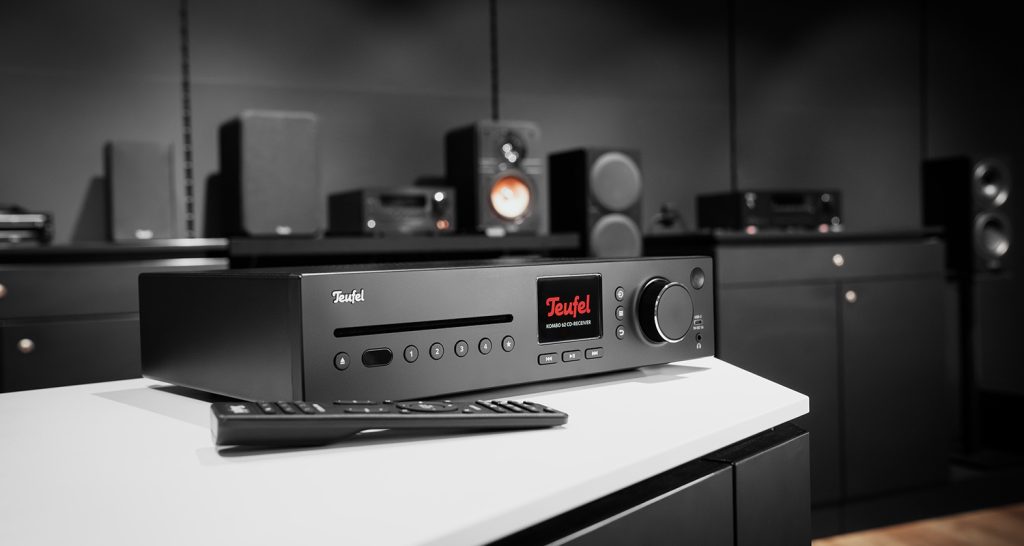 Opens in new tab
Opens in new tabWhile it’s become fashionable to laud the warm tones of records and some really do feel that music from vinyl sounds somehow fuller and livelier than music from any digital format, for many, CDs remain a convenient way to hear their favourite music in hi-fi sound quality. An added advantage with CDs is that, while they can be scratched and jewel cases are famously touchy, they cannot be worn out by repeat playing, are relatively small, easy to store and fairly robust.
The first CD players: Sony and Philips lead the way
The two companies responsible for developing CD technology, Sony and Philips, manufactured the first CD players, first Sony with the CDP 101 and then Philipps with the CD-100. Other manufacturers quickly followed suit and a range of CD players in every conceivable size and color followed. The first CD version of the Sony’s popular Walkman, the Discman appeared in 1984. As the decade progressed, improvements in signal processing through advanced bit converters, an oversampling function and error correction improved the already very good sound CDs made possible.
You can find tips and tricks for cleaning your CDs on our blog and in our video tutorial:
For how long will CDs continue to spin?
The end of the CD is a bit like the end of the world: People keep predicting it, but it has yet to happen. Of course, more and more people are turning to audio formats like MP3s that have no physical store medium. This allows people to compile vast music libraries on their computer hard drives or USB storage devices. In 2014, earnings by the streaming industry out-paced CD sales. If sales continue to sink, CDs may go the way of cassettes which have completely ceased to be offered with new recordings. Music producers as well as electronics manufacturers may eventually make the decision to discontinue the production of CDs and CD players. After all, Starbucks stopped selling CDs at their locations in 2015, a decision interpreted by many as a watershed moment.
 Opens in new tab
Opens in new tabOf course, it’s not likely that the many people who have built up considerable CD collections over the years are simply going to rip them to FLAC or MP3s and toss them all out. This has to do with more than sentimentality. Like LPs, the experience of selecting, handling and playing a CD is completely different from choosing a track from a menu. For one, CDs encourage the listener to consume music as larger concept pieces – the album format – whereas audio tracks encourage listeners to cherry pick what tracks they want to hear. Like LPs, CDs generally also include liner notes and album art making the selection of music more of a complete sensory experience. Many people have also amassed large collections of rare, limited edition and hard to find CDs which cannot be replaced, even by audio files. Whatever the reason or motivation, it’s safe to say that CDs and CD players like Teufel’s MUSICSTATIONOpens in new tab and KOMBO 62Opens in new tab will continue to be produced and enjoyed for some time to come.
All-rounder MUSICSTATION from Teufel
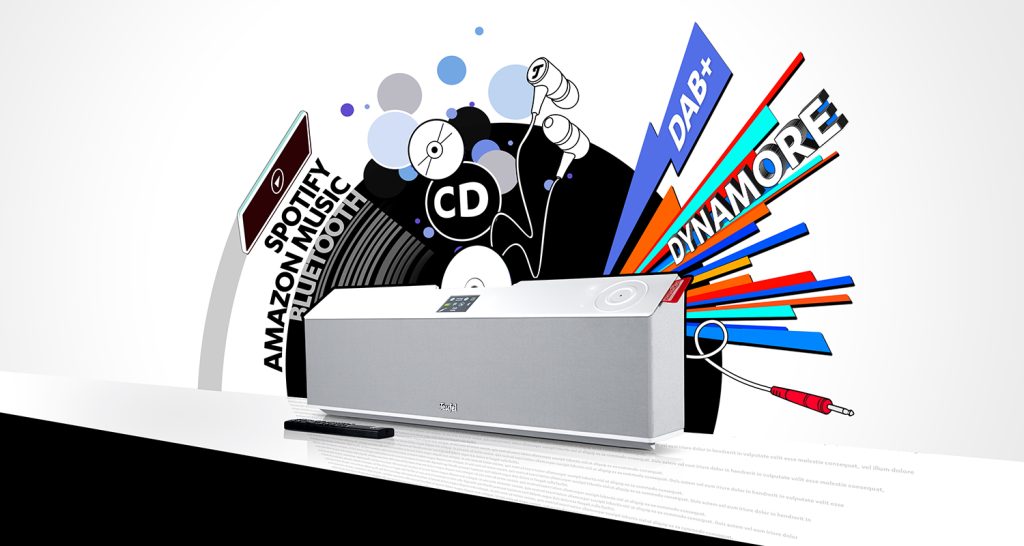 Opens in new tab
Opens in new tab▶ The MUSICSTATIONOpens in new tab is a CD player and Internet radio in the hi-fi class with extensive streaming functions. 6 drivers with Dynamore Ultra powered by 100 watts provide a wide, balanced sound with warm bass and high speech intelligibility. CD drive supports MP3 CDs, CD-Rs, CD-RWs and of course normal CDs, USB playback (for MP3, WAV, WMA, AAC, FLAC), AUX-in and headphone connection.
▶ If you do want to get into streaming, the ONE SOpens in new tab is a compact WiFi speakerOpens in new tab that still fills the entire room. Conveniently connect the 2-way speaker to your smartphone or tablet via Bluetooth or Wi-Fi and enjoy internet radio or music. The speaker has a line-in for CD and record players.
Stereo sound from Teufel – with and without CD player
Summary
- The audio CD was introduced in Eindhoven in March 1979.
- The first CD players were launched in 1982.
- While the parameters of the audio CD have remained the same, CD players have been further developed.
- The often predicted end of the CD is not in sight.
- World Music Day and CD Player Day are celebrated in some countries on October 1.
All pictures: Property of Teufel Audio
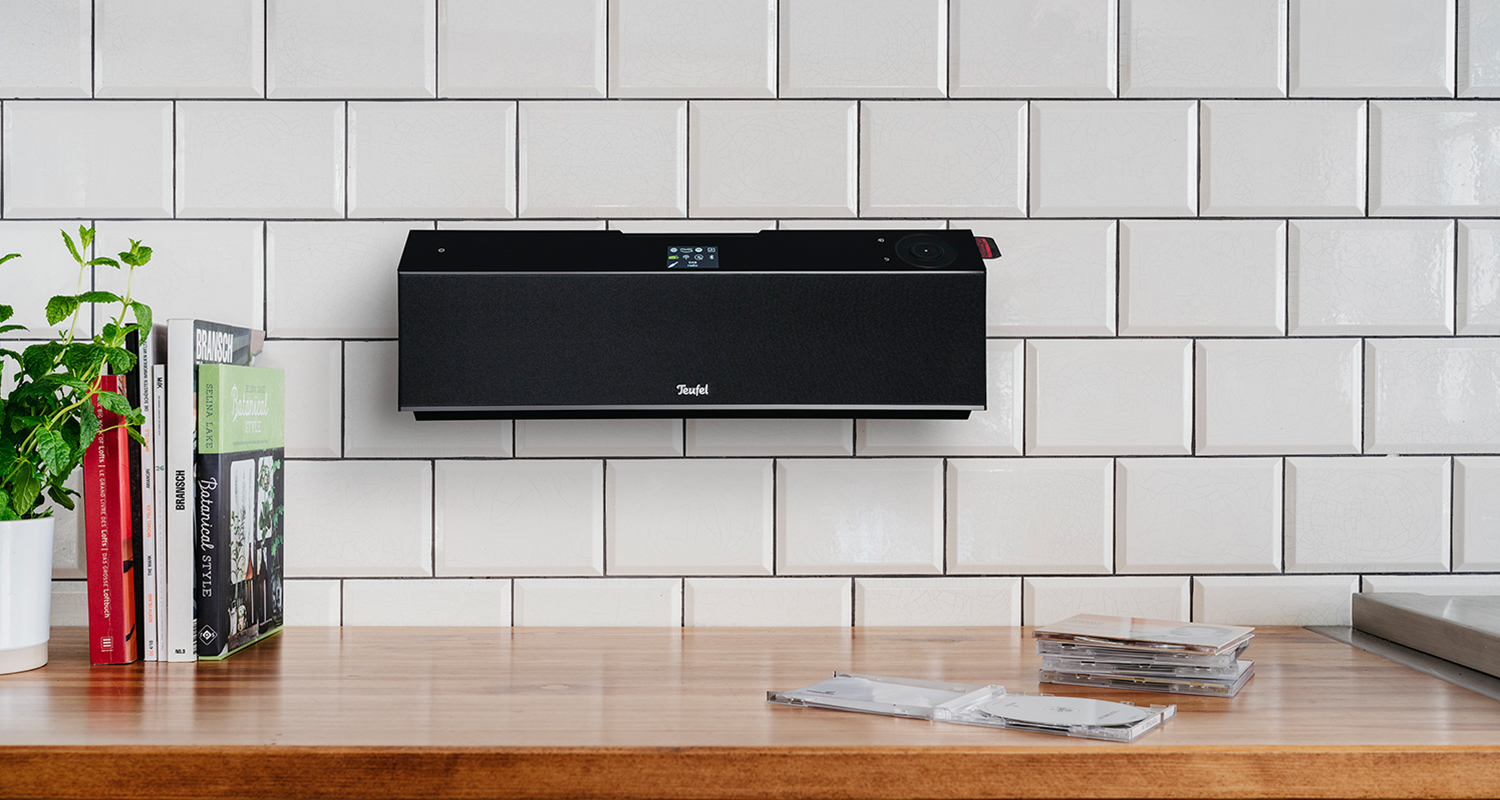

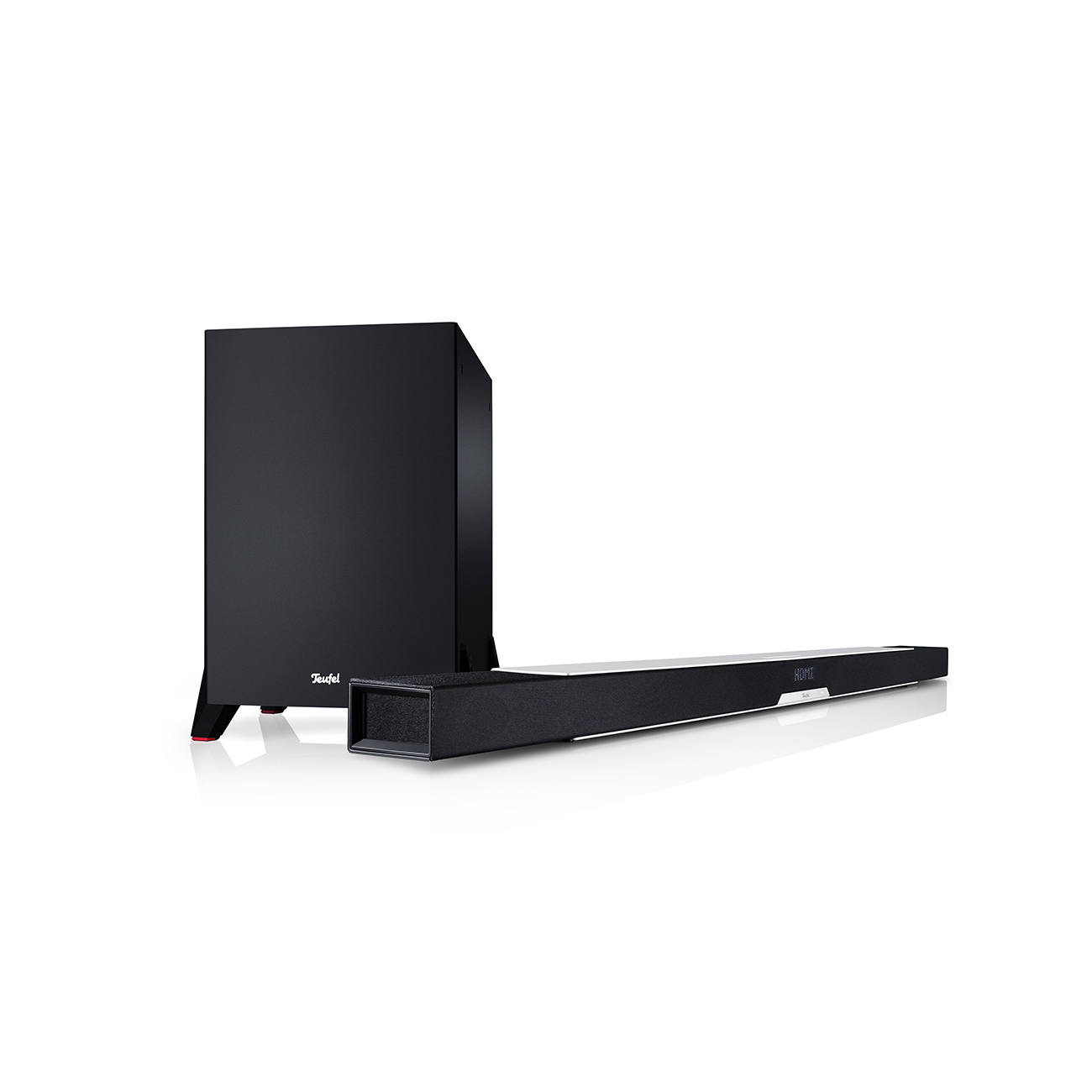
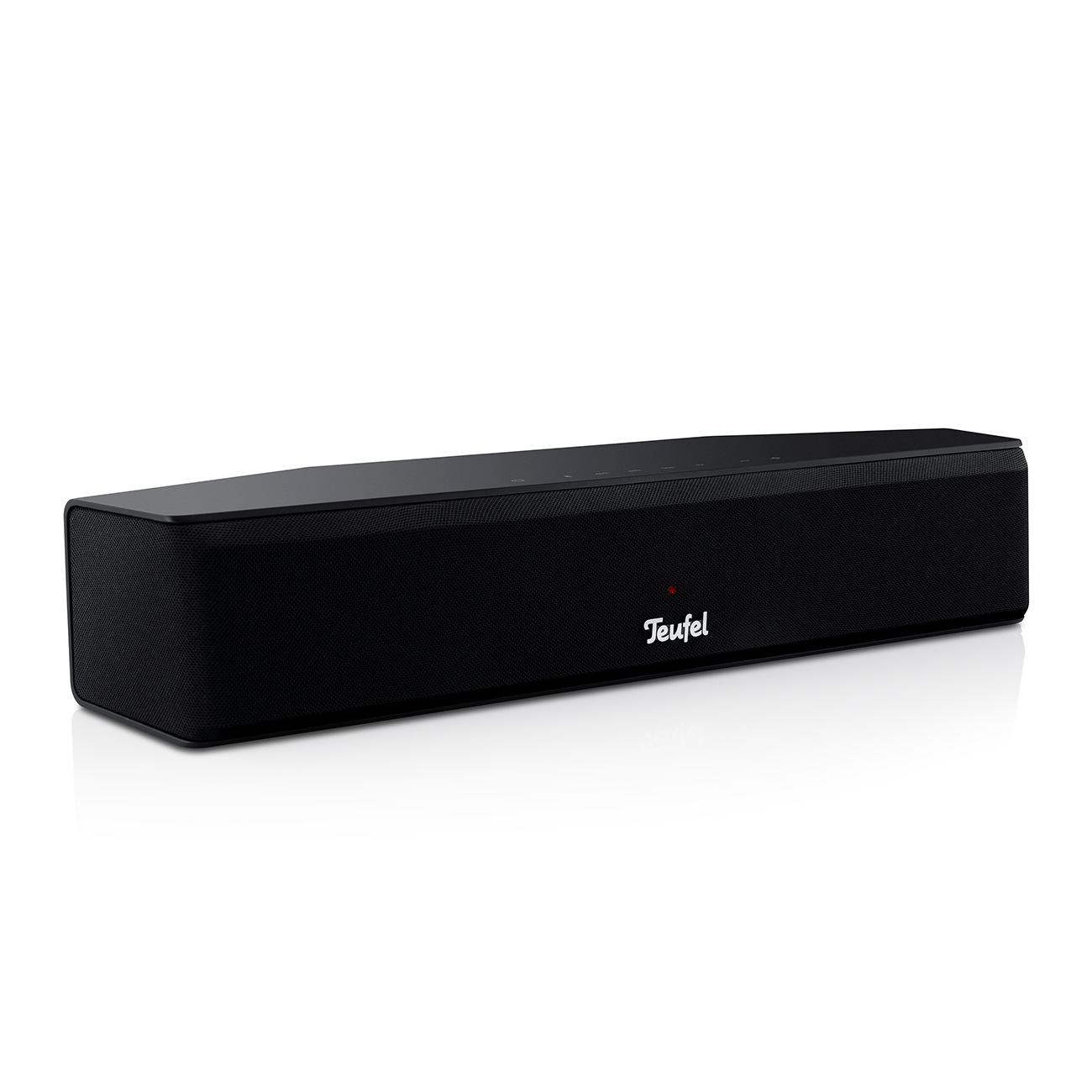
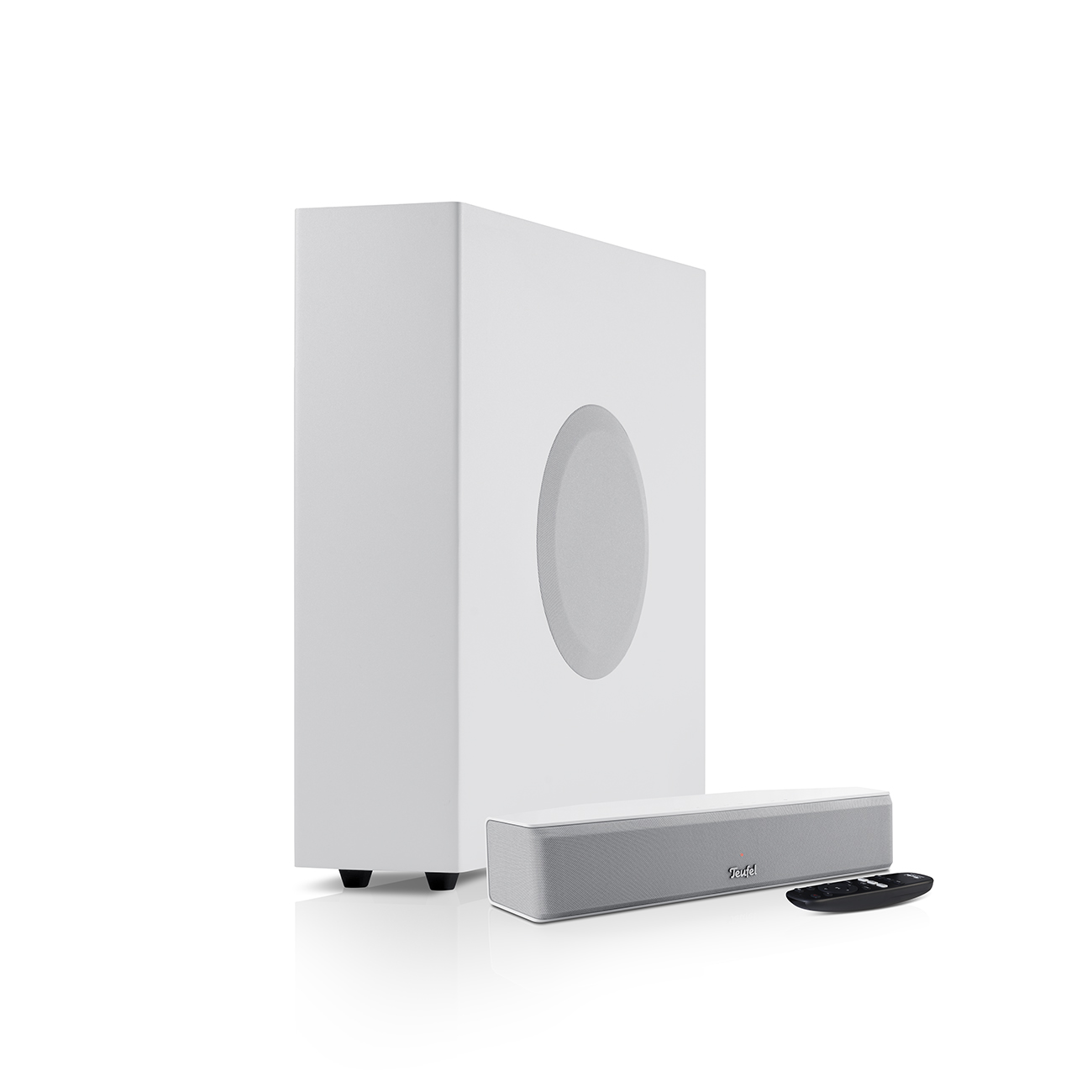
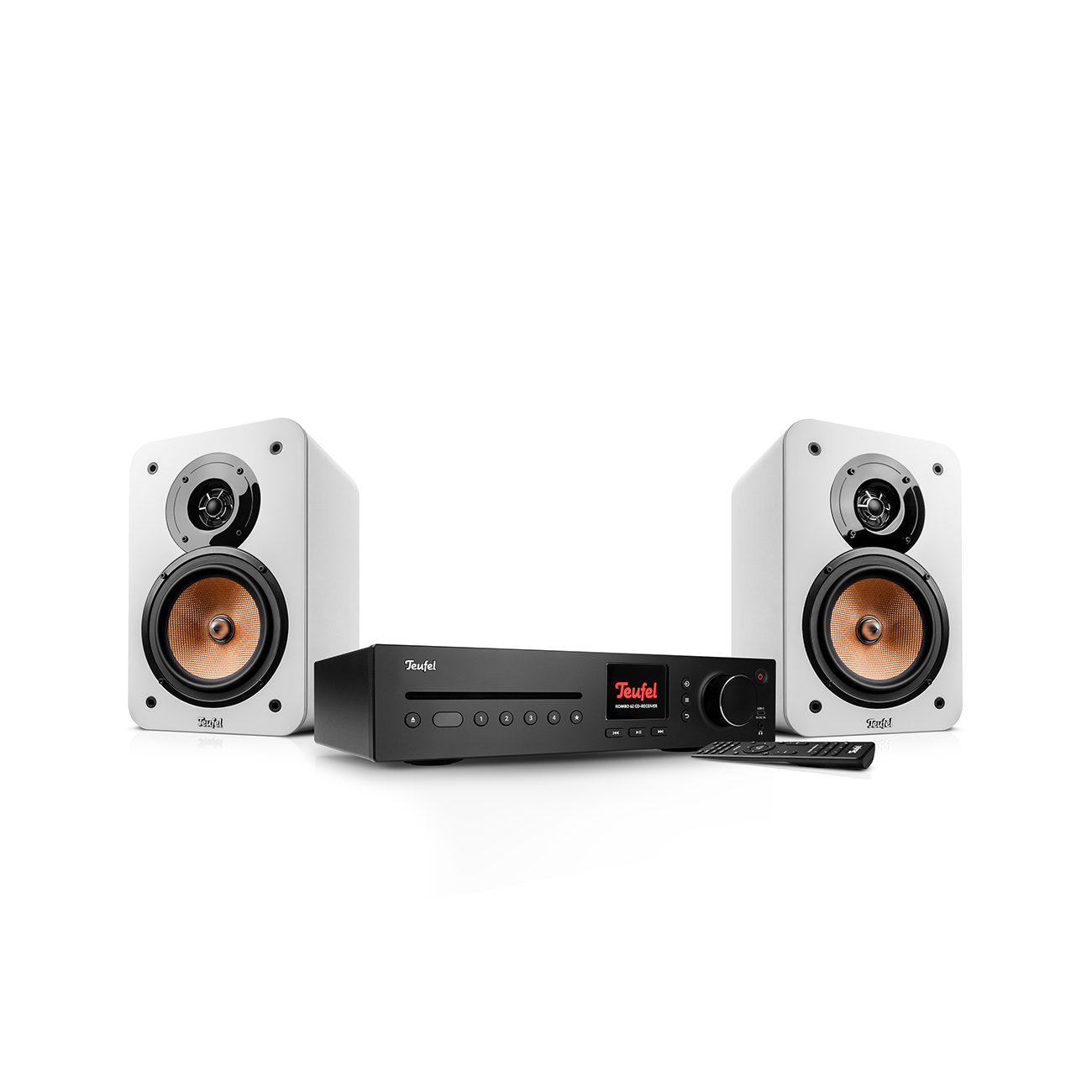
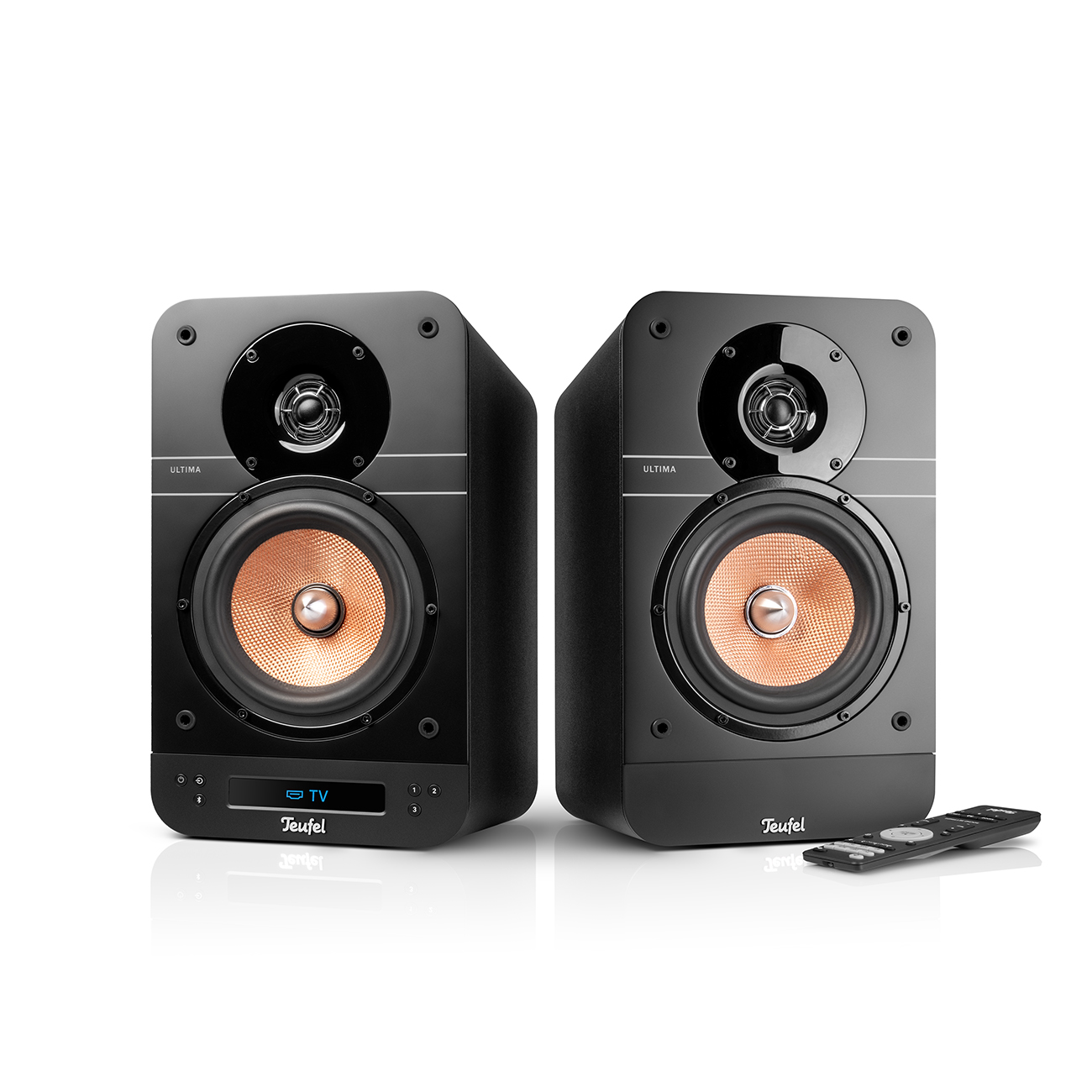
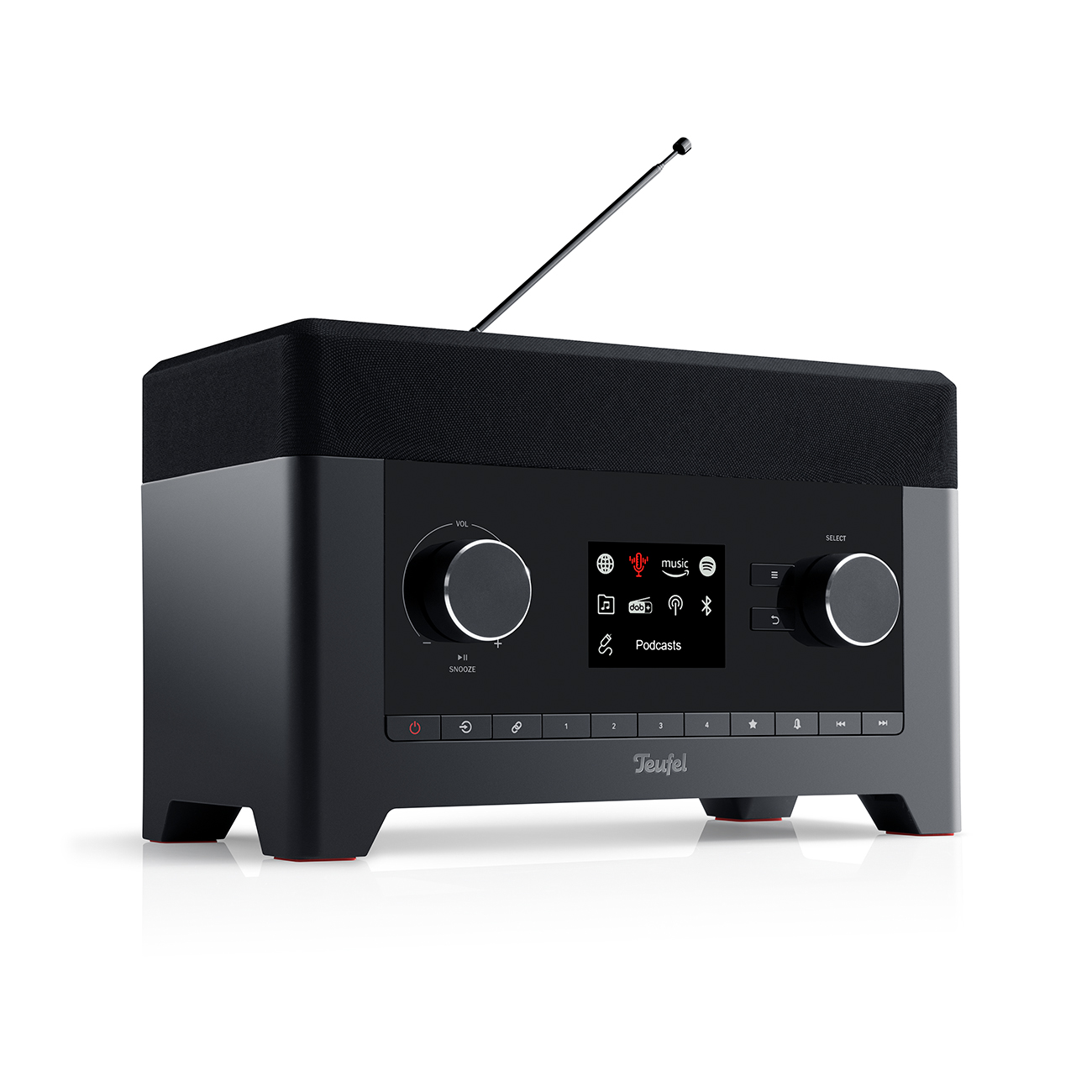

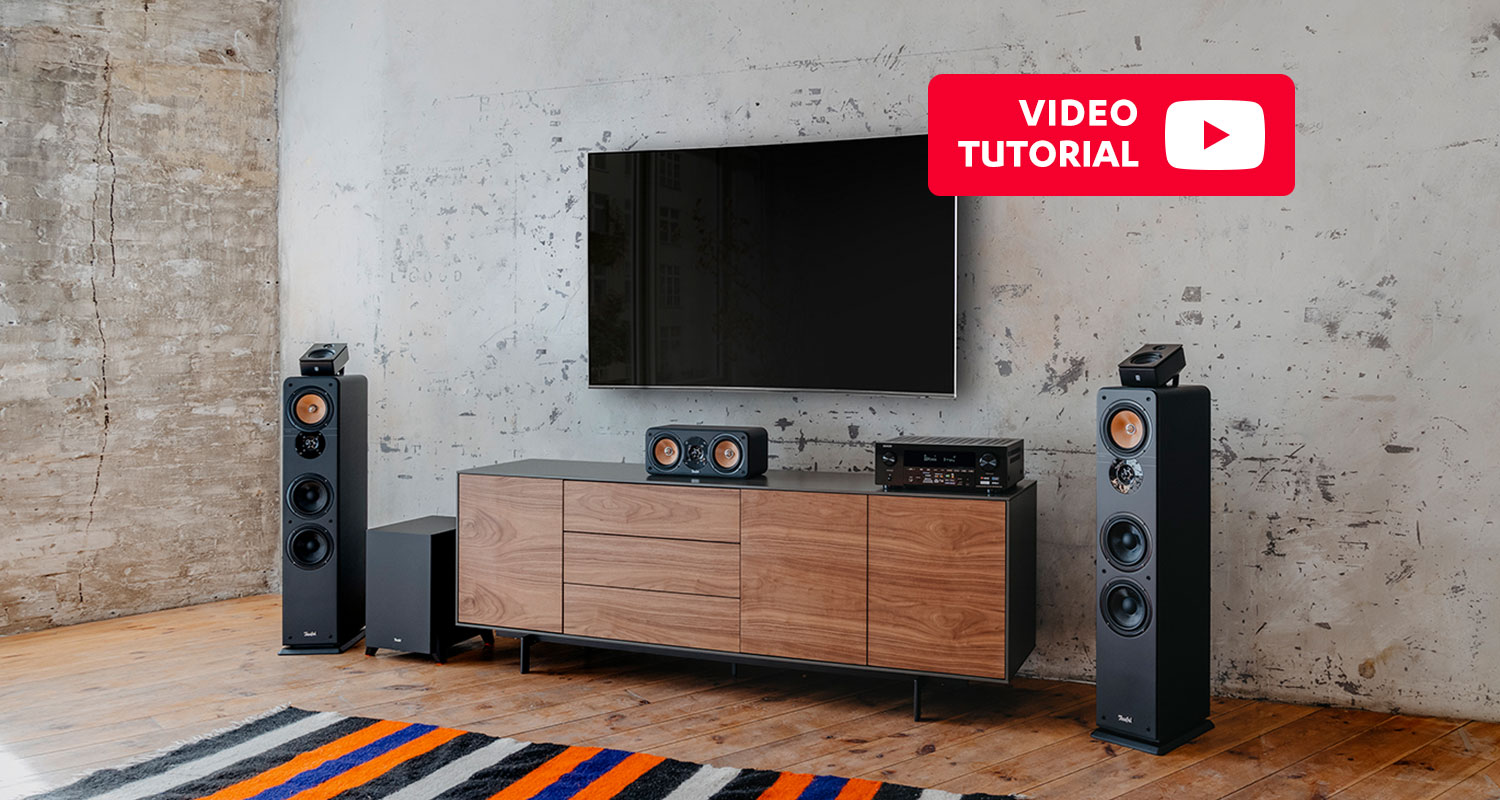

One response to “CDs and CD players: A must for any decent hi-fi system or outdated dinosaurs?”
To answer your two questions. No and no. Long live my precious CDs and CD player.